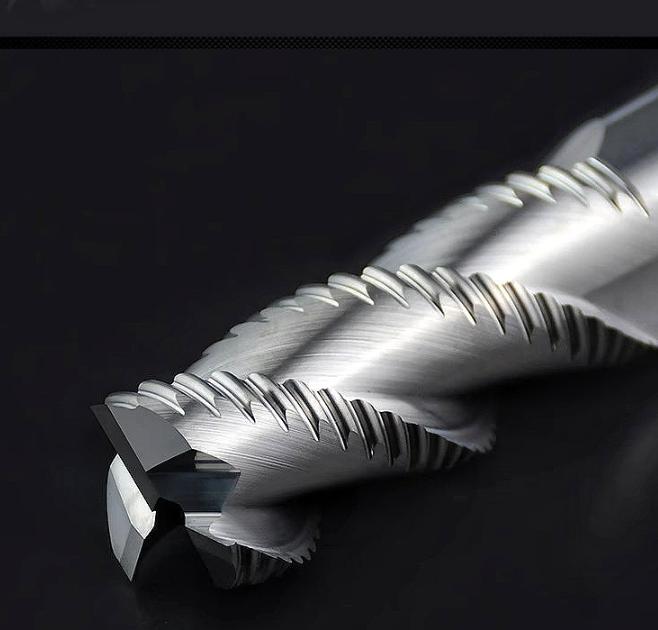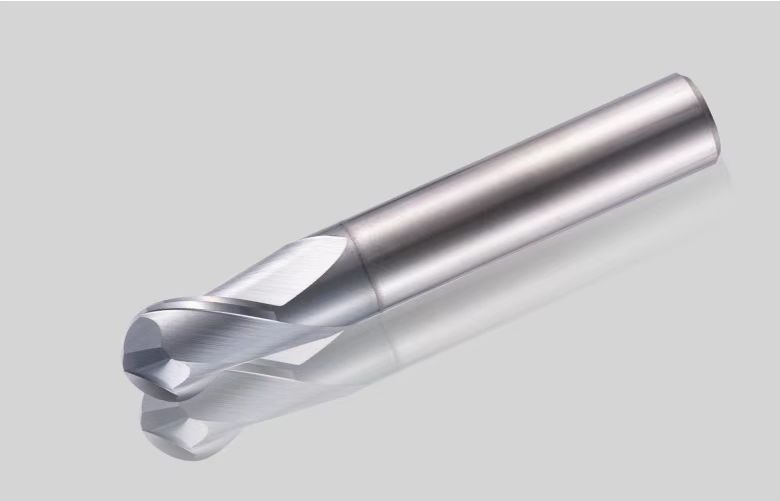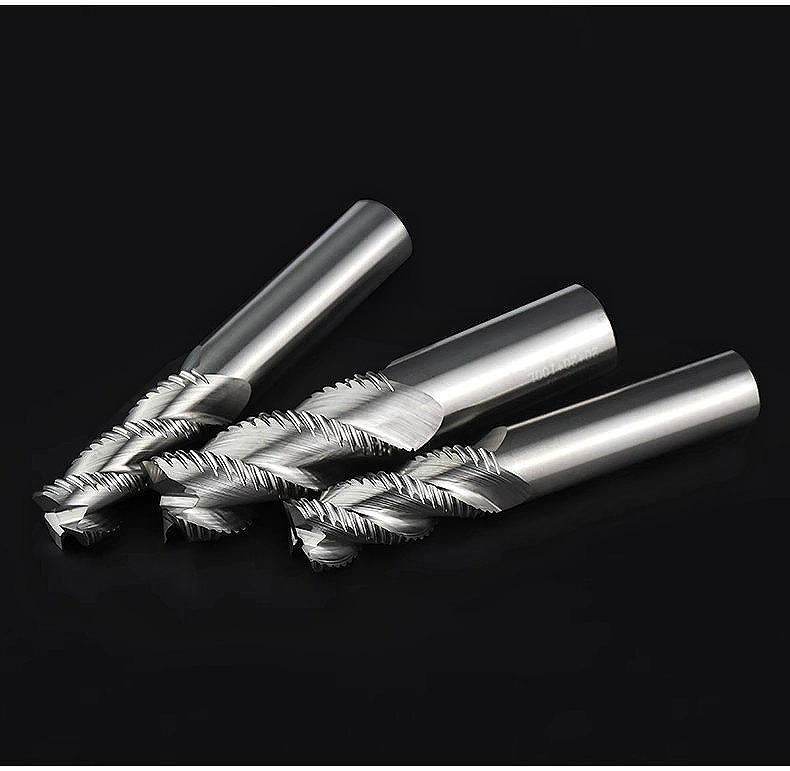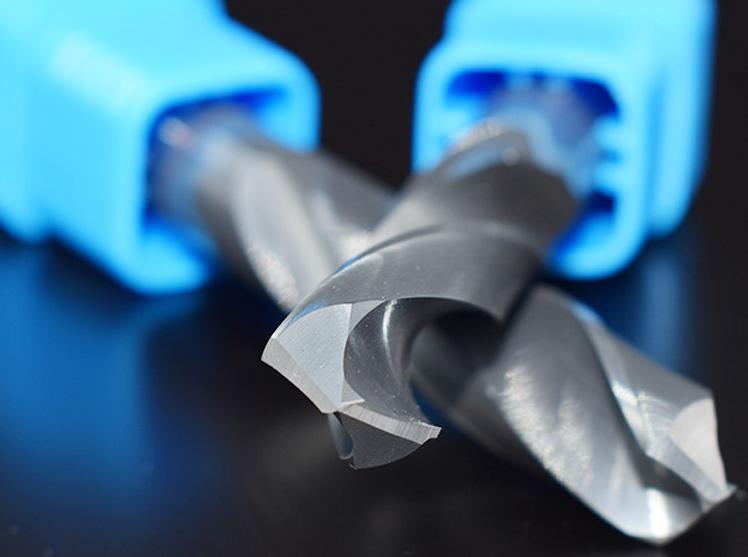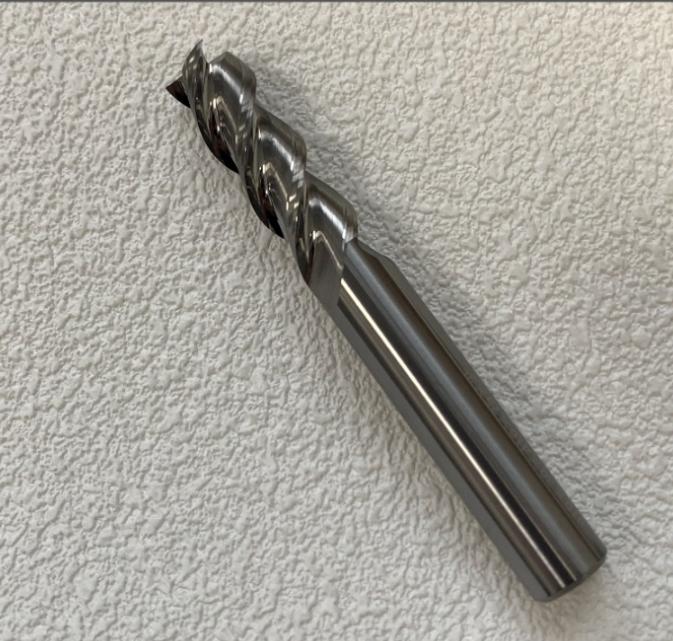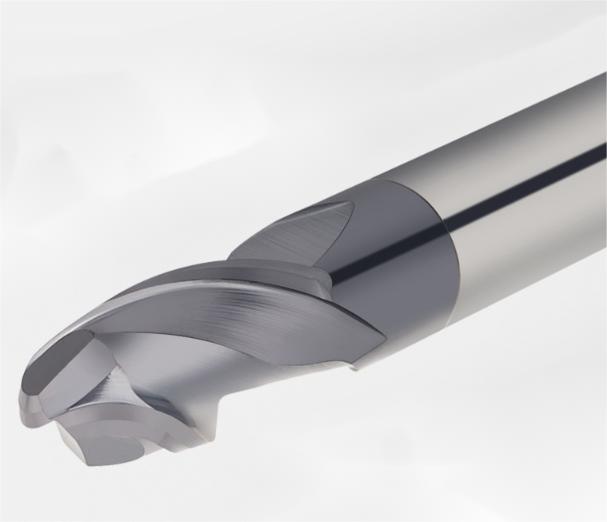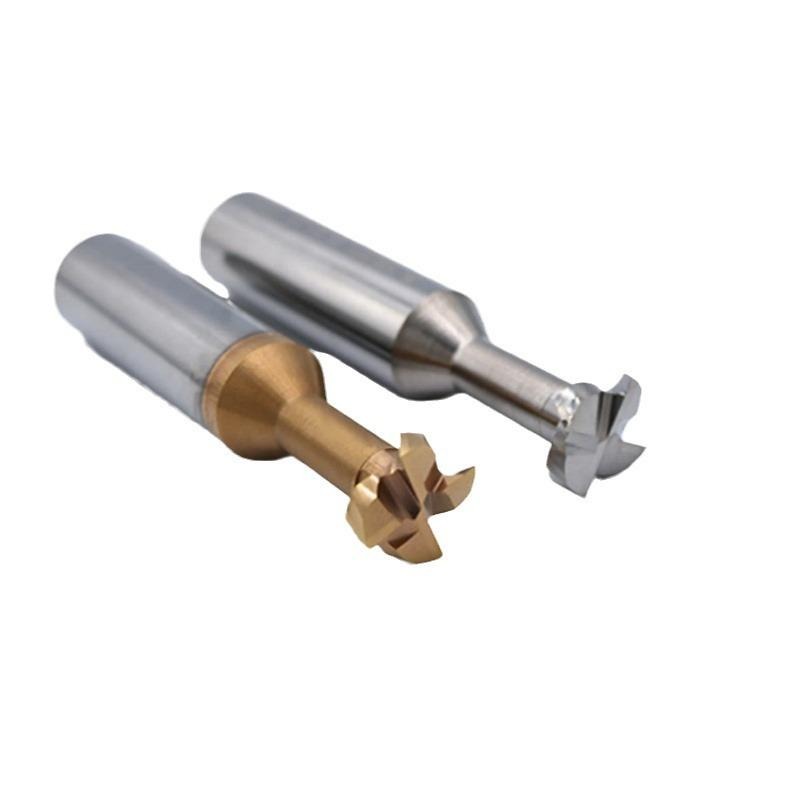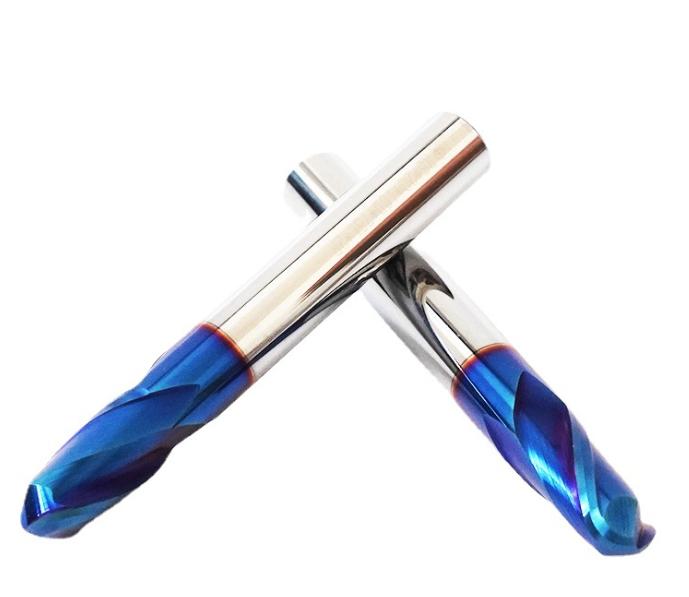How Blade Numbers Affect Tungsten Steel Milling Cutter Performance
Tungsten steel milling cutters are indispensable tools in modern manufacturing, widely known for their superior hardness, wear resistance, and durability. The performance of these cutters plays a crucial role in influencing machining efficiency and product quality. One of the most significant factors affecting a milling cutter’s performance is the number of blades it has. This article provides an in-depth exploration of how different blade numbers impact machining precision, surface roughness, stability, and chip removal capability, and discusses the practical applications of various blade configurations.
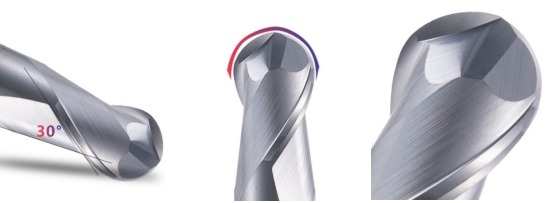
Impact of Milling Cutter Blade Number on Machining Precision
1. Milling Cutter Blade Number and Surface Roughness
The surface roughness of a machined component is a key indicator of the quality of the machining process. Tungsten steel milling cutters with different blade numbers offer varying levels of surface finish.
- Few Blades (e.g., 2-Blade Cutters): Milling cutters with fewer blades, such as two-blade designs, typically have larger cutting angles per feed. This characteristic allows these cutters to remove substantial amounts of material in a single pass, making them ideal for roughing operations. However, the larger cutting angles can lead to increased surface roughness. The fewer number of cutting edges means each blade undergoes a higher load per cut, which can produce more pronounced surface imperfections and less smooth finishes. While they are excellent for the initial stages of machining where material removal is the primary goal, the final surface quality may require additional finishing processes.
- Many Blades (e.g., 4-Blade or 6-Blade Cutters): Cutters with more blades, such as four or six-blade designs, offer several advantages for achieving a finer surface finish. Each blade in these configurations engages the material more frequently but with a reduced cutting load per tooth. This leads to a more even distribution of the cutting forces, which minimizes surface roughness and results in a smoother finish. The increased number of cutting edges allows for finer control over the machining process, improving the overall surface quality of the finished component. As a result, these cutters are often used in finishing operations where a high-quality surface finish is critical.
2. Milling Cutter Blade Number and Machining Stability
Machining stability is another crucial aspect of cutter performance. It affects the quality of the machined part and the efficiency of the machining process.
- Fewer Blades: Cutters with fewer blades tend to exert a larger impact force during each cut due to the higher cutting load per blade. This increased impact force can lead to greater vibrations and instability during the machining process. The vibrations can adversely affect the precision of the machining and lead to inconsistent results. For applications where stability is a concern, such as in high-precision machining or when working with delicate materials, the increased vibration can be detrimental.
- More Blades: Milling cutters with a higher number of blades distribute the cutting load more evenly, which helps in mitigating vibrations and enhancing machining stability. The reduction in individual blade load lessens the impact force during each cut, leading to a more stable machining process. This improved stability is particularly beneficial for precision machining tasks where consistent results and high dimensional accuracy are required. In addition, the reduced vibration helps in extending the tool’s lifespan and maintaining a steady machining performance.
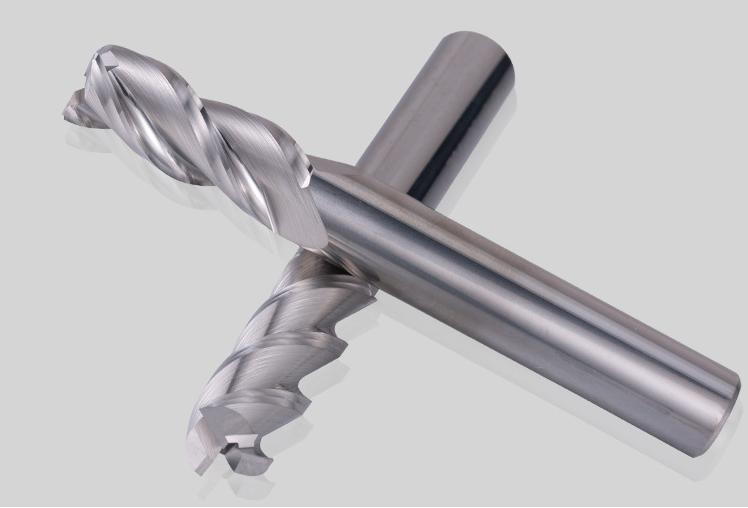
3. Milling Cutter Blade Number and Chip Removal
Effective chip removal is essential for maintaining optimal machining conditions and preventing tool clogging.
- Low Blade Number: Cutters with fewer blades produce larger, thicker chips. These larger chips can quickly accumulate and potentially clog the tool, particularly in deep slots or enclosed spaces. When chips are not effectively removed, they can interfere with the cutting process, leading to reduced efficiency and possible damage to both the tool and the workpiece. The larger chip volume also increases the likelihood of re-cutting, which can further degrade the surface finish and increase tool wear.
- High Blade Number: Cutters with a higher number of blades generate smaller, more fragmented chips. These smaller chips are easier to remove and are less likely to clog the tool. Efficient chip removal is crucial for maintaining high machining efficiency and preventing issues such as re-cutting and excessive heat buildup. The improved chip removal capability of high-blade-number cutters helps to maintain a cleaner cutting area, reduce tool wear, and enhance overall machining performance.
Applications of Different Tungsten Steel Milling Cutter Blade Number
Each blade configuration offers distinct advantages and is suited to specific machining tasks. Understanding these applications can help in selecting the right cutter for different manufacturing needs.
| Blade Number | Characteristics | Applications |
| 2-Blade Tungsten Steel Cutters | Strong roughing capability Good self-sharpening | Slotting Chamfering Profiling Rapid material removal tasks |
| 3-Blade Tungsten Steel Cutters | Balances cutting ability and surface quality Good chip removal performance | Medium-difficulty tasks Semi-finishing Complex geometries Versatile applications |
| 4-Blade Tungsten Steel Cutters | Excellent machining stability High surface finish quality | Finishing stages High dimensional accuracy Smooth surface finish requirements |
| 6-Blade Tungsten Steel Cutters | Superior surface quality Excellent chip removal Requires rigid equipment and better cooling | High-precision tasks Aerospace Medical devices Small features and intricate structures |
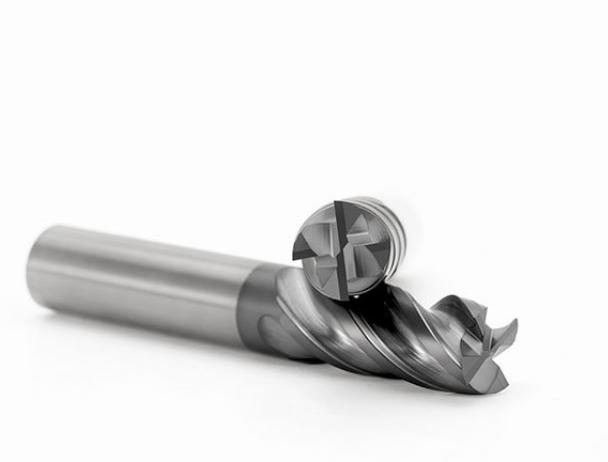
As mentioned above, selecting the appropriate number of blades for tungsten steel milling cutters involves careful consideration of machining requirements, material properties, and machine performance. By understanding the impact of blade number on factors such as surface roughness, stability, and chip removal, manufacturers can make informed decisions that enhance production efficiency and ensure high-quality outcomes. The right choice of cutter not only improves the machining process but also contributes to achieving superior product standards.

